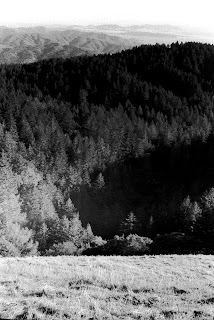Grids function throughout society: Tabletop roleplaying on a grid.
One of my favorite hobbies at present is role-playing games. I am designing and running a homebrew D&D fifth edition (5e) game that is based off of the Miyazaki film "Nausicaa of the Valley of the Wind". One of the fun things about Dungeons and Dragons is the combat element, which centers around a turn order wherein the players compete against creatures controlled by the Dungeon Master (DM). When running these combats, it is very helpful to have a visual reference to keep track of distance, enemy placement, and environment. To that end, DMs use battlemaps, which are laid out in a standard grid of 1-inch tiles representing 5 feet each in scale. Since I plan to run this game over the summer, I will be running the game over a virtual tabletop (VTT) called Roll20, which allows you to import and scale the map to work with the settings of the VTT. That's where this week's art comes in. Normally it's very difficult to find battlemaps that fit the setting and requirements of your combat encounter. Pre-fabricated campaigns published by Wizards of the Coast or third parties often come with digital or paper maps, but homebrew campaigns like my current one is don't have any pre-made maps. Luckily some programs exist that allow you to make a battlemap in just about any style you could want. I bought a program called DungeonPainter and got to work.
I decided my first battle would take place in the sewers beneath the city of Paj, where our troupe would be attacked by giant insects from the nearby toxic jungle. I like having a mix of grid-snapped and free-drawn elements in my maps, which gives an organic feeling to the combat. Nonetheless, it's important to have parts of the map that conform strongly to the grid so that you are certain of their layout. To that end, I subverted the grid on the shorelines and winding walkways but the walls and structures conform to the grid. There's an important detail that I added to complement the layout of the VTT. Notice in the map that there are two lamps on the winding walkway on the top half of the map. Those two lamps are actually set exactly 280 pixels apart both vertically and horizontally. This means that they are on opposite corners of a 3 x 3 grid where each panel is 70 pixels to conform to the constraints of Roll20. This is to accommodate for a specific feature of Roll20. You see, when scaling maps, there is a feature that allows you to align the grid of the VTT to that of the map and maintain scale and distance. The feature asks you to draw a 3 x 3 grid on the map below it and it snaps to the correct scaling. I put those two torches on the map to facilitate the scaling!
I also used the same software to make a barroom scene where the players will stay and hopefully meet some important figures in the city. There's a lot of detail in this scene, but because the topic for this week is grids, I wanted to point out a specific detail I put a lot of time into. On the top right of the map is a chessboard, which itself takes place on a grid. I've put some pieces on the board, which correspond to a chess puzzle. One of the players in my campaign is an avid chess player, as am I. I included the chess puzzle as a piece of story material. Players can befriend the chess player to gain discounts at her shop and get to know her entourage. One of the ways they can do that is by helping her solve the chess puzzle on the table. The chess puzzle in question is the following:
White to move and checkmate. Good luck!




Comments
Post a Comment